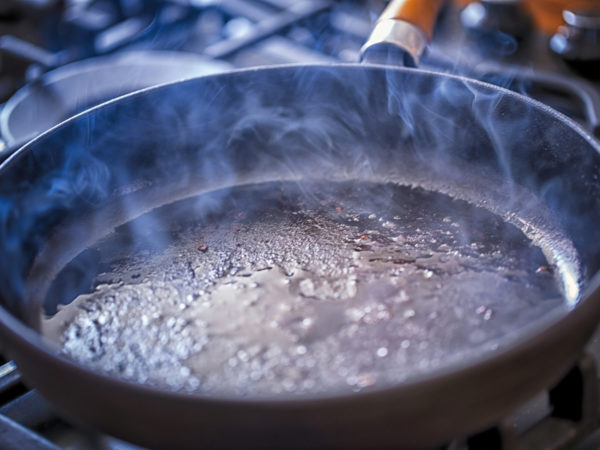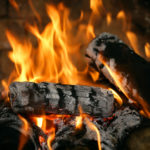Cooking With Cast-Iron?
I’ve been considering buying cast iron cookware but was wondering if cooking on iron would present any potential health issues from iron leaching onto the food or from the “seasoning” process that iron products need?
Andrew Weil, M.D. | March 21, 2006

Actually, cast iron cookware does “leach”iron into food and that can be an advantage, not a disadvantage, particularly for pre-menopausal women who often don’t get the 18 mg of iron they need daily. A study published in the July 1986 issue of the Journal of the American Dietetic Association showed that cooking in cast iron skillets added significant amounts of iron to 20 foods tested. For example, the researchers reported that the iron content of three ounces of applesauce increased from 0.35 mg to 7.3 mg and scrambled eggs increased from 1.49 mg to 4.76 mg of iron.
On the other hand, this extra iron can be a disadvantage for people who get an overabundance of iron in the diet. There’s plenty of iron in red meat, beans, lentils, millet, chickpeas, dark, leafy greens, molasses, dried apricots, dried peaches, pumpkin and sunflower seeds, pistachios, walnuts, almonds, scallops, clams, oysters, soybeans, and many other foods.
It is a particular risk for those with an inherited metabolic disorder called hemochromatosis or iron overload disease, believed to affect as many as one million Americans. If you have any blood relatives with the disease, ask your physician about the screening test for iron overload, called the transferrin saturation test. Symptoms that could indicate iron overload include fatigue, heart palpitations, joint pain, non-specific stomach pain, impotence, and loss of menstrual period. Remember that excess iron can act as a pro-oxidant, increasing free radical formation and risks of heart disease, cancer, and accelerated aging.
One caveat about cast iron cookware: don’t use it for deep-frying. (You shouldn’t deep-fry anyway.) Iron can accelerate the oxidation of fat and cause it to become rancid.
When choosing iron cookware, look for products with a fine, smooth surface, which will take better to seasoning. Avoid pots and pans with pits, ridges, cracks, chips, seams and jagged edges. Good quality cast iron is uniformly gray and the same color inside and out.
Be sure to season cast iron cookware before you use it. Coat it inside and out with vegetable oil and then heat it in a warm oven for at least an hour. You may want to repeat this a few times before using your new cookware. The seasoning process will make the cooking surface of your pots and pans “non stick”; if you don’t season, the surface will rust every time you wash the pan. Try not to breathe the fumes while you’re seasoning the pan. After using cast iron pots and pans, wash them in warm water with a detergent, but do not soak them or scrub them with scouring pads, which can ruin the seasoning, meaning you’ll have to do it all over again.
Andrew Weil, M.D.









